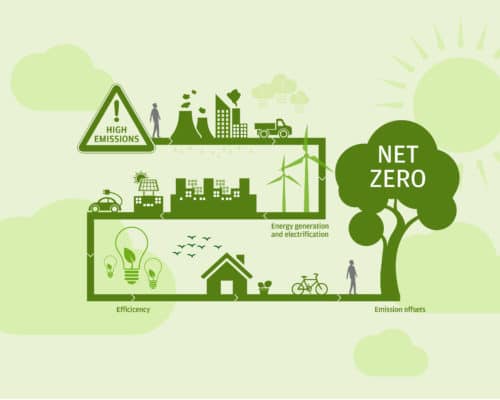The Environmental Impact of the Fashion Industry and the Need for Change
11 April 2022 – by Viktor Tachev
The environmental impact of the fashion industry often flies under the radar. However, a closer look reveals that the net-zero commitments of the global fashion industry are lagging behind those of other sectors. The lack of decarbonisation progress in the industry threatens to slow down the world’s net-zero journey. Furthermore, greenwashing is becoming more and more common among many famous brands, while others are trying to convince the public that business growth and environmental friendliness are mutually exclusive. The few shining examples in the niche are not enough to change the status quo. The keys to change are regulatory and public pressure.
The Fashion Industry’s Environmental Impact
The fashion industry is responsible for 2.1 gigatonnes in humanity’s carbon emissions in 2018. This is close to 4% of all global emissions, and it makes up about 10% of the world’s CO2 emissions. To put that into perspective, it is equivalent to the carbon emissions of some of the biggest economies globally, including the UK, France, and Germany combined.
Environmental Cost of Fashion Production
While the environmental cost of fashion production is already massive, fashion sector emissions will continue to grow. If this is allowed to continue, these emissions will possibly rise to 1.588 gigatonnes by 2030.
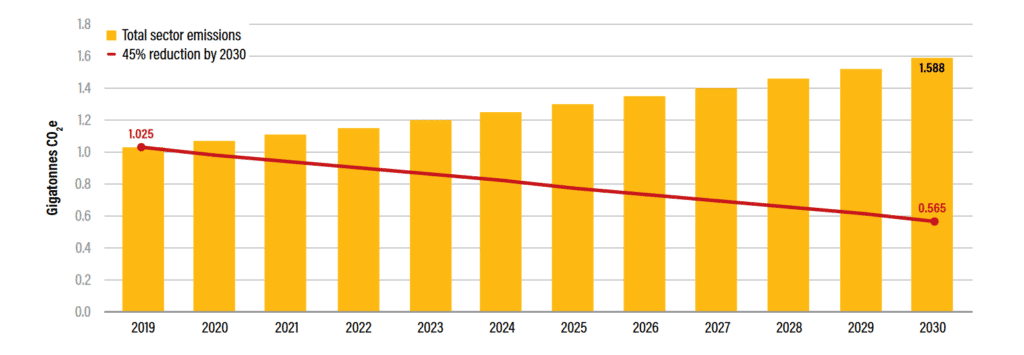
The environmental impact of the fashion industry affects more than just the climate. Studies have found that synthetic fibres account for 35% of marine microplastic pollution. However, they also take a toll on terrestrial pollution, with 176,500 metric tonnes of polyester and nylon being released annually onto land. Currently, synthetic fibres produced from crude oil and natural gas account for 69% of the material input for clothing production worldwide. Furthermore, the annual CO2 emissions from polyester production today equal the yearly emissions of 180 coal-fired power plants.
The Fashion Industry’s Environmental Impact in Asia
It is no secret that most fashion brands produce their products in emerging Asian economies. The latest data shows that the top five apparel exporters by value are China, Bangladesh, Vietnam, Germany and India.
China is responsible for producing 65% of the world’s clothes. Furthermore, apparel accounts for over 80% of Bangladesh’s total exports, while Southeast Asia is the fastest-growing apparel hub globally. The result is massive textile waste and the use of fertilizers for cotton production.
However, out of the 57 Asian companies from the textiles, apparel, footwear and luxury goods industries with near-term science-based climate commitments, the targets of just eight of them align with a 1.5°C pathway.
Why Does the Problem Exist?
First, the current net-zero pledges of the global industry and fast fashion brands are insufficient and incomplete. There are a limited number of targets covering Scope 3 emissions, which hold the highest share in companies’ emissions. Furthermore, many brands do not even bother to disclose this information in their environmental reports.
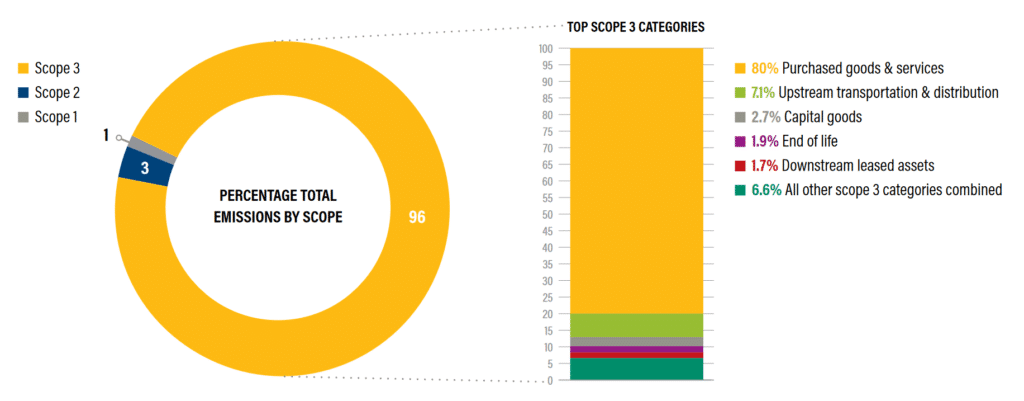
Even though over 70% of the industry’s emissions originate from raw material production and processing, just 47% of brands disclose their manufacturing facilities. Only 27% disclose their processing plants, and just 11% list their raw materials suppliers.
The Fashion Transparency Index 2021 ranks 250 of the world’s largest fashion brands and retailers. Only 26% have science-based targets, and only 17% disclose Scope 3 emissions from raw materials.
Meanwhile, the most troubling observation is that as much as 59% of green commitments by fashion industry companies are merely greenwashing.
Prada, Hugo Boss and Mammut Sports – The Good and the Bad Examples
Stand Earth’s Fossil-free Fashion Scorecard evaluates brands’ climate commitments, reliance on renewable energy, low-carbon materials, shipping practices and advocacy. It states that the best-performing company globally is Mammut Sports. Its sector-leading commitments include halving its emissions, switching to renewable energy across its supply chain and transitioning to zero-emission shipping vessels by 2030. n the other end of the spectrum are companies like Primark and Under Armour and luxury brands like Prada, LVMH, Hugo Boss, and Armani.
The Fashion Transparency Index 2021 has singled out brands like OVS, H&M, The North Face and Timberland as the best-performing ones. Apparel producers like Mexx, Pepe Jeans, Tom Ford, Max Mara and Quicksilver are at the bottom. Companies like Adidas, Reebok, Bershka and Zara have taken a significant hit to their rankings in 2021.
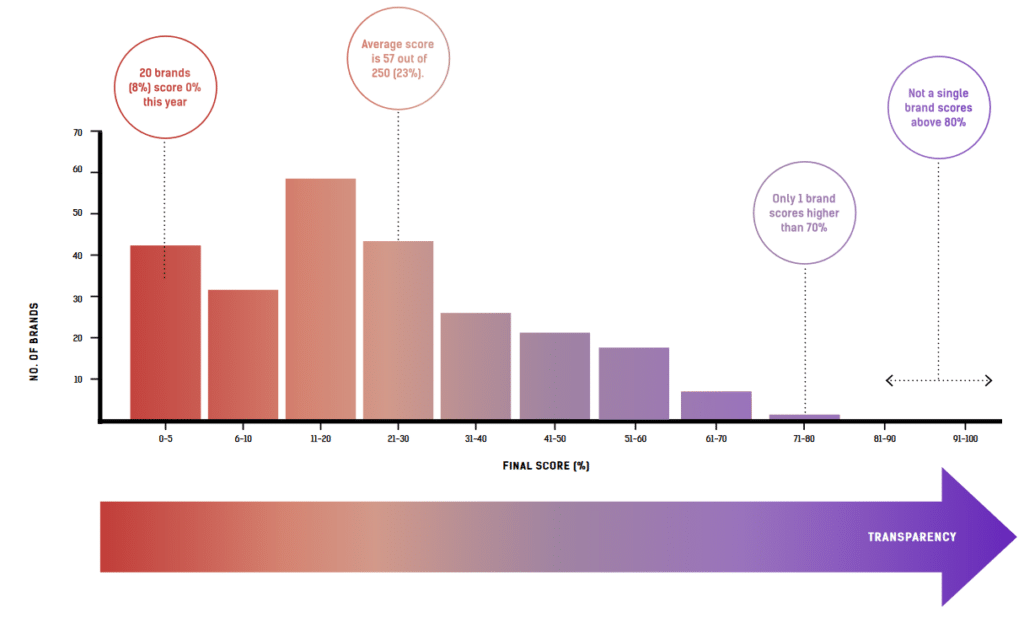
Nike and Adidas are not Transparent
When it comes to brand transparency, fossil-fuel synthetics use and commitments to phase them out, the Changing Markets report has found no clear front-runners. At the bottom of the chart are companies like Nike, Reebok, Adidas, the North Face, Timberland, Primark and more.
What Can the Fashion Industry Do to Reduce Its Environmental Impact?
The spotlight for decarbonisation often falls on heavy industry and hard-to-abate sectors, while the fashion industry’s environmental impact is undervalued. Sustainable fashion is the need of the hour.
Changing Markets concludes that the fashion brands are “knee-deep in fossil fuels.” For a change to happen, greenwashing practices must end. In the era of the conscious consumer and growing competition, greenwashing can result in massive reputational and financial risks as well as the loss of consumer confidence.
In terms of concrete steps, the World Resource Institute recommends six measures that collectively can ensure that the industry remains in line with a 45% reduction pathway by 2030.
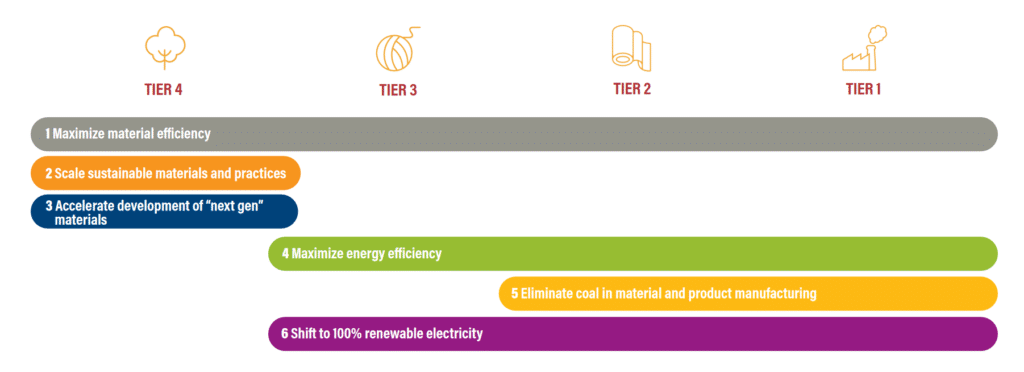
Furthermore, the industry as a whole should be looking to abandon the unsustainable fast-fashion model and move towards circular business processes, enabling higher durability of garments, extended warranties and the promotion of reuse. Patagonia is a great example of this. Companies should also commit to ambitious and comprehensive climate targets, reduce their dependence on fossil fuels and focus on cutting Scope 3 emissions. In order to decarbonise, the fashion industry needs USD 1 trillion by 2050.
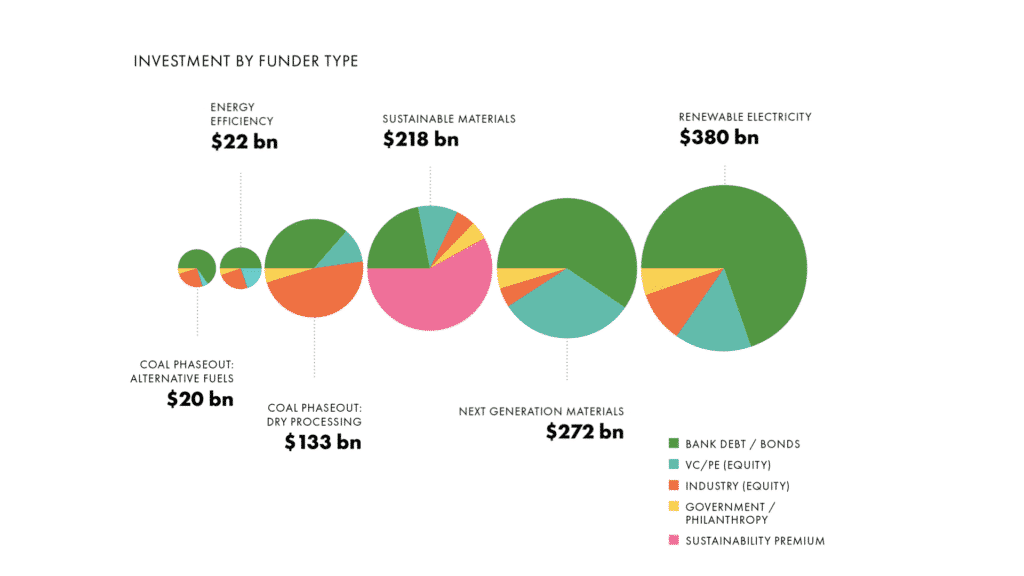
Understandably, relying on the industry’s inner motivation to embrace such a significant restructure is too idealistic. Regulators should introduce laws that will make it mandatory for companies to identify, prevent and account for ESG risks. Oversight authorities and industry bodies should also hold fashion brands accountable for their green claims.
If these measures fail, the best weapon is to tackle the sector’s price sensitivity. Any additional carbon tax for high-emissions products will significantly affect profits, urging companies to act. Furthermore, any form of industry support should also be conditional and based upon companies’ climate-related performance.
What’s Next For the Fashion Industry?
The sector is highly fragmented. There are no companies that we can point fingers at and put the blame on. As a result, change can only result from a collective effort. Collaboration and collective action are critical for creating effective and meaningful solutions. Fortunately, if there is any sector where public pressure can make the biggest difference, it is the fashion industry.
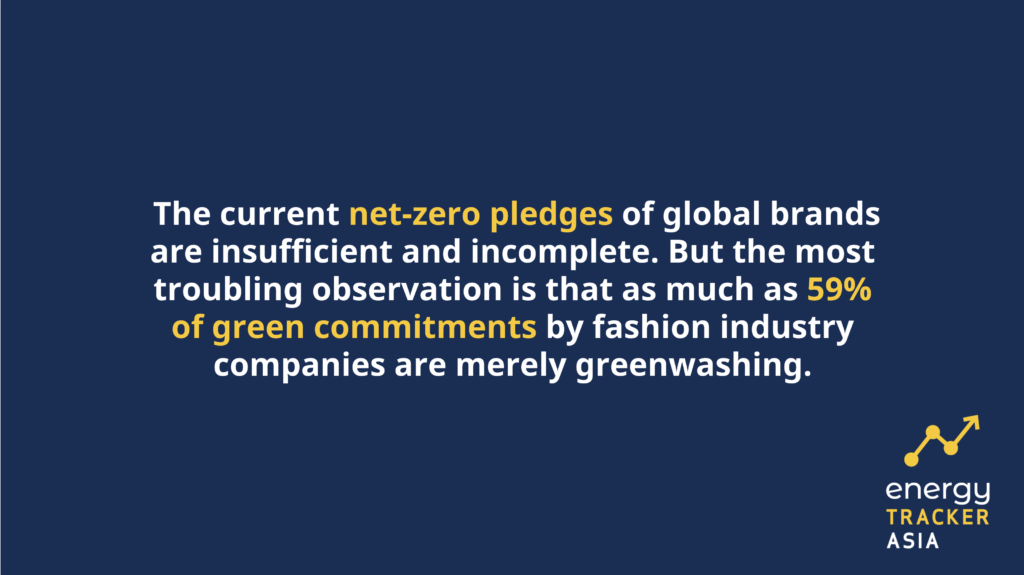
by Viktor Tachev
Viktor has years of experience in financial markets and energy finance, working as a marketing consultant and content creator for leading institutions, NGOs, and tech startups. He is a regular contributor to knowledge hubs and magazines, tackling the latest trends in sustainability and green energy.
Read more
